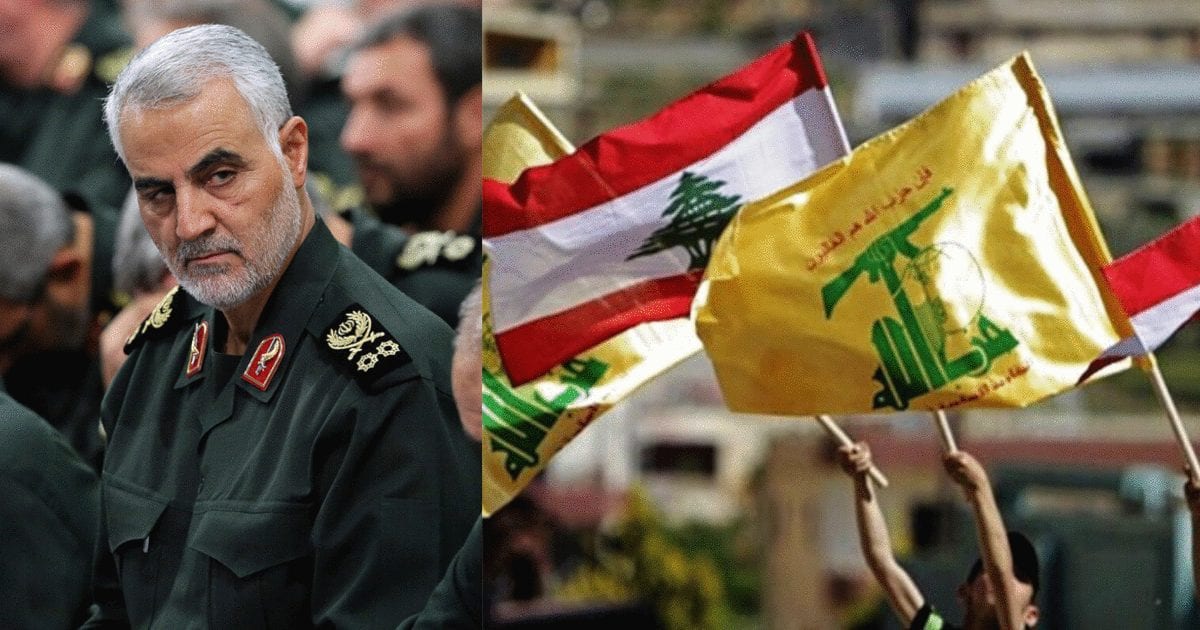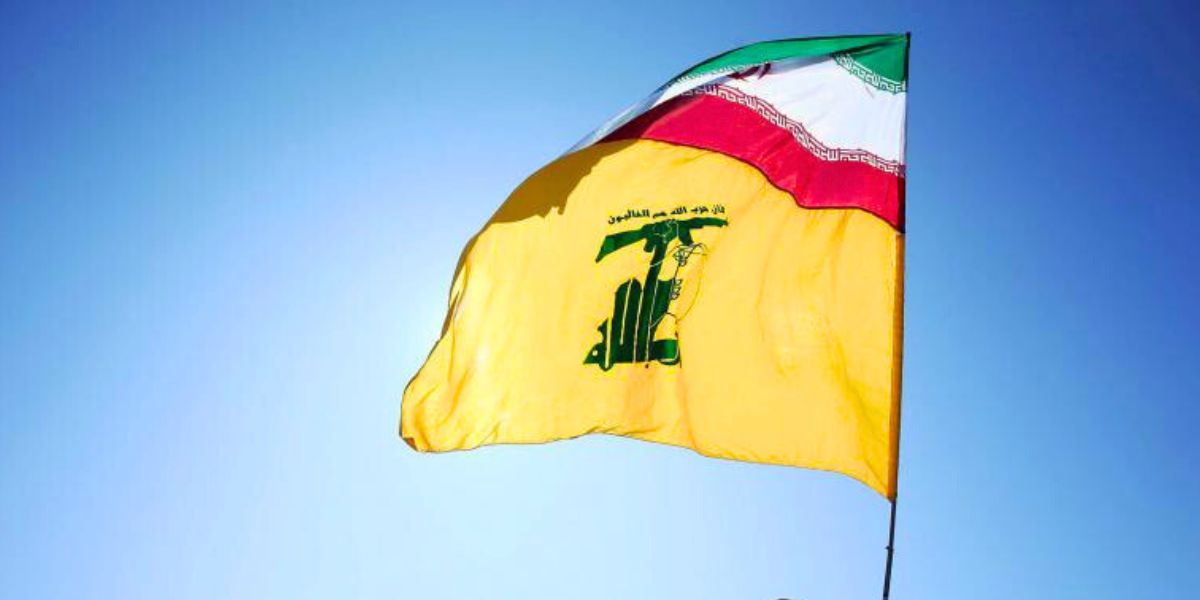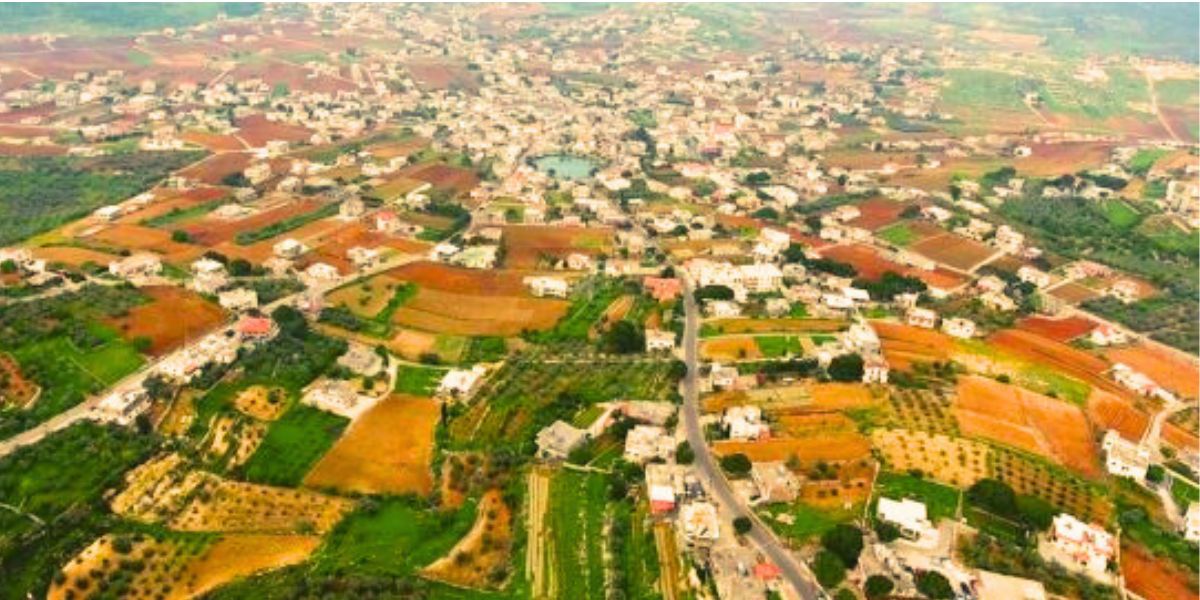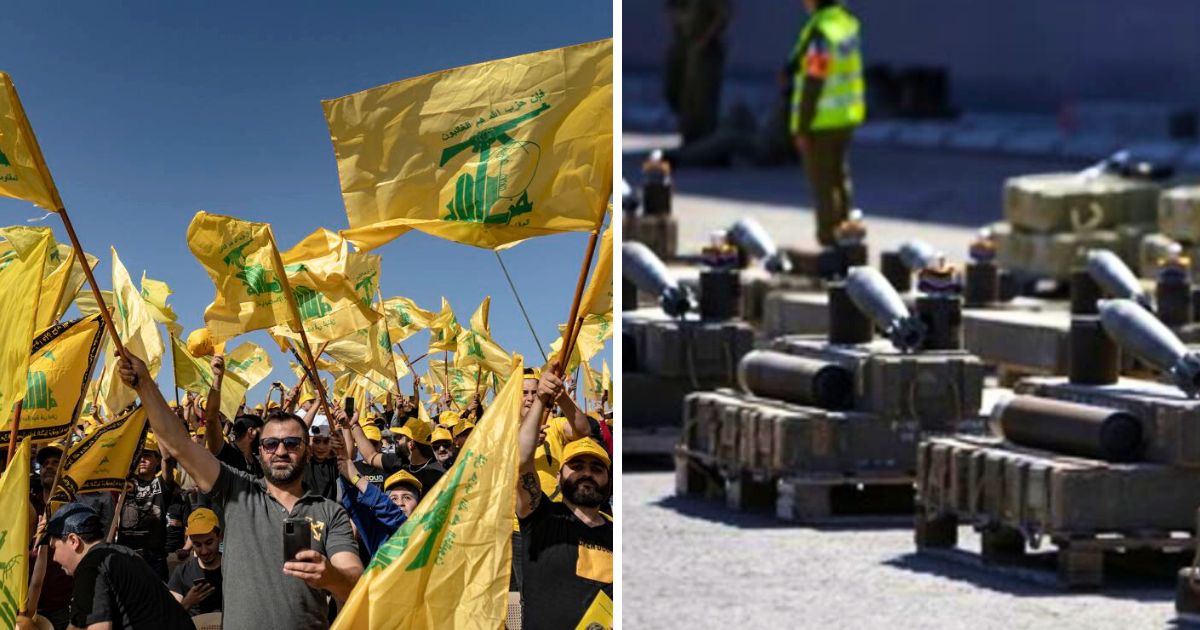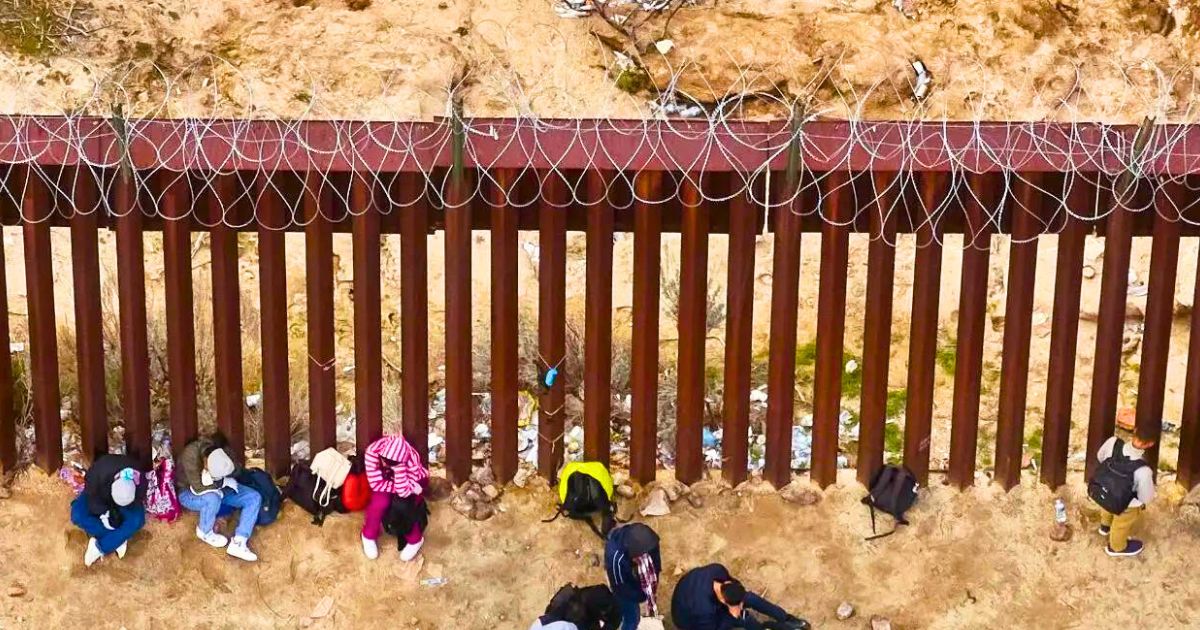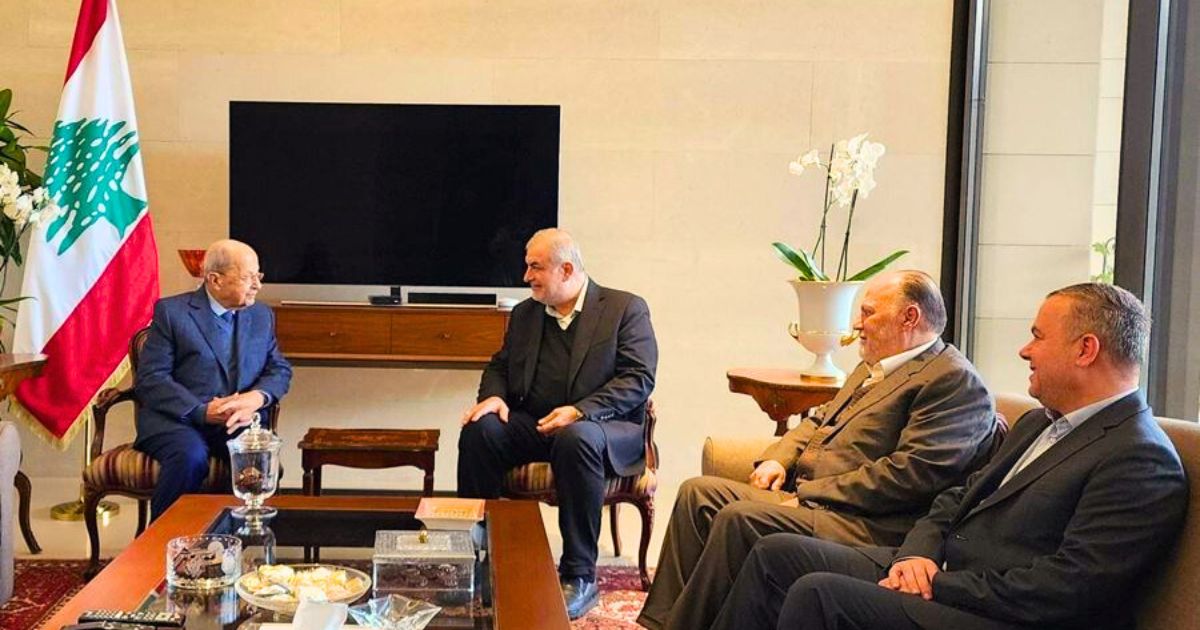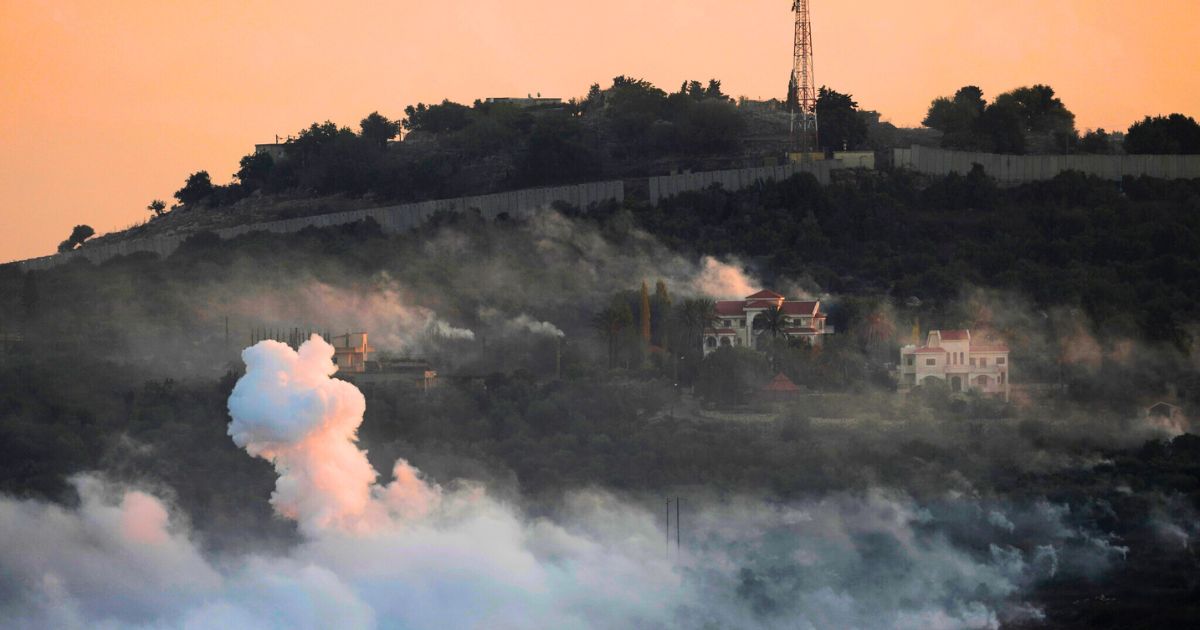On January 28, Vox posted a video on how Soleimani and Iran created proxies in Lebanon and the Middle East to influence the region.
The video covers the phenomenon from its very beginning until our present day, and the way the plan was executed throughout the years and across the area.
This video is a product of the recent events between Iran and the US, and it is titled: “How Iran’s Soleimani Became a US Target.”
The American drone attack near the Baghdad airport on Friday, January the 3rd, killed several Iraqi and Iranian military officials, including Iran’s top commander, Major General Qassem Soleimani.
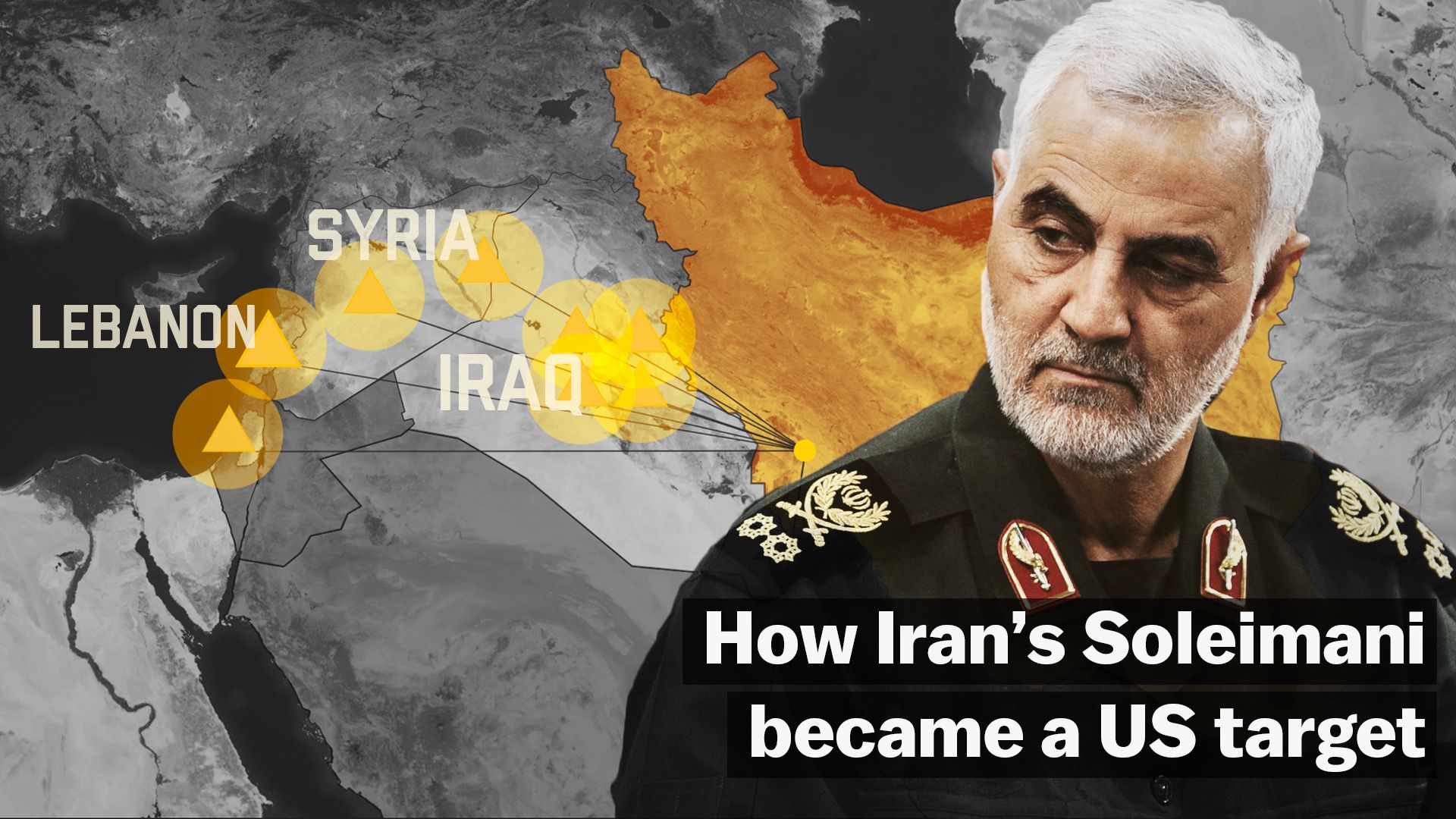
This incident almost had drastic consequences around the world. It was received by the Iranian people and leaders, as well as other Middle East countries, as an act of murder, and they declared Soleimani a martyr.
Iran’s Ayatollah Ali Khamenei, Iran’s Supreme Leader, spoke of the attack and Soleimani’s death.
He said: “His efforts and path won’t be stopped by his martyrdom, by God’s Power, rather a Severe Revenge awaits the criminals who have stained their hands with his and the other martyrs’ blood (aka The US). Martyr Soleimani is an Intl figure of resistance and all such people will seek revenge.”
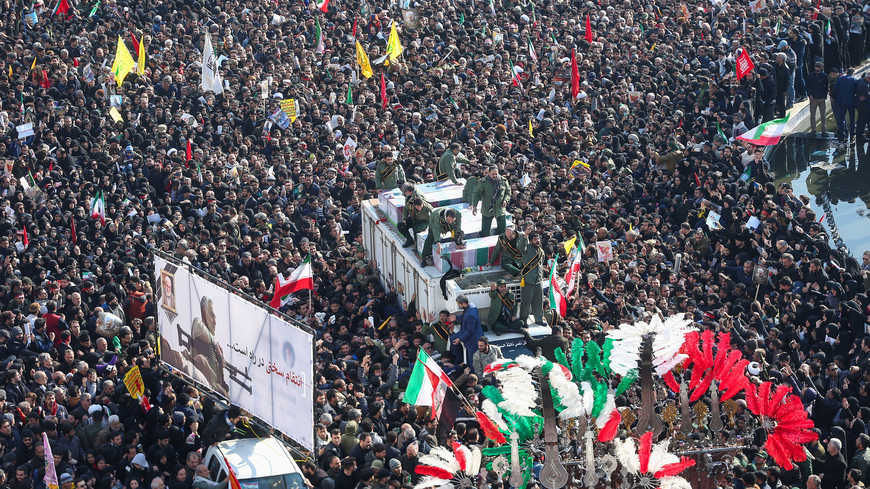
Qassem Soleimani’s funeral was attended by thousands and thousands of Iranians. It was so crowded that several people fell injured, some even dead. This left people all over the world on the edge, not knowing what to expect and what may happen next.
In revenge, Iran launched more than a dozen missiles on Iraq military bases that housed US troops, resulting in only material damages.
These events coincided with several protests erupting in several countries in the middle east, including Iraq and Lebanon. Vox’s video shows how it all relates. Here is a quick resume of the video’s main points:
Soleimani commanded an army of militias across the Middle East, in those specific countries, as well as Palestine, Yemen, and Syria. This is what made him one of the most important people in Iran; it is also what made him a target.
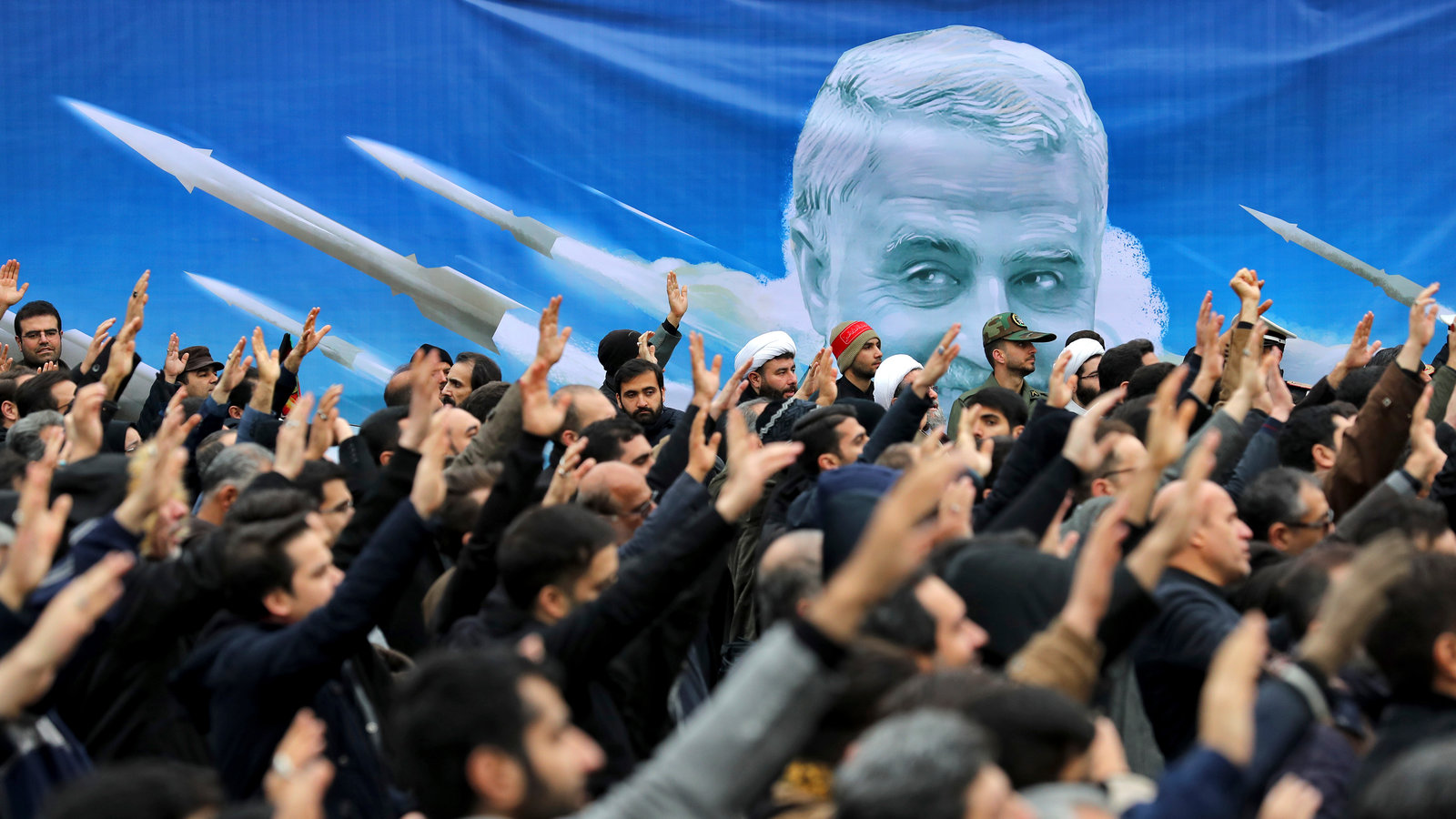
Through these militias, most of which are designated terrorist organizations by the US and EU, Soleimani spread Iran’s influence and his own in the Middle East. The video goes on to explain how and why this influence was spread.
The beginning was with Iran’s Islamic Revolution in 1979 when the Islamic Republic of Iran was established. Being the first Shia government that built itself as the pre-eminent leader of the Muslim world, Iran threatened its Sunni dominant neighbors, especially Iraq.
According to the Vox documentary, this is what led Saddam Hussein to send his army to invade Iran in 1980, a war that went on for 8 years. Egypt, Jordan, Kuwait, and Saudi Arabia, which were also threatened by Iran, supported Saddam. So did the US, also feeling threatened.
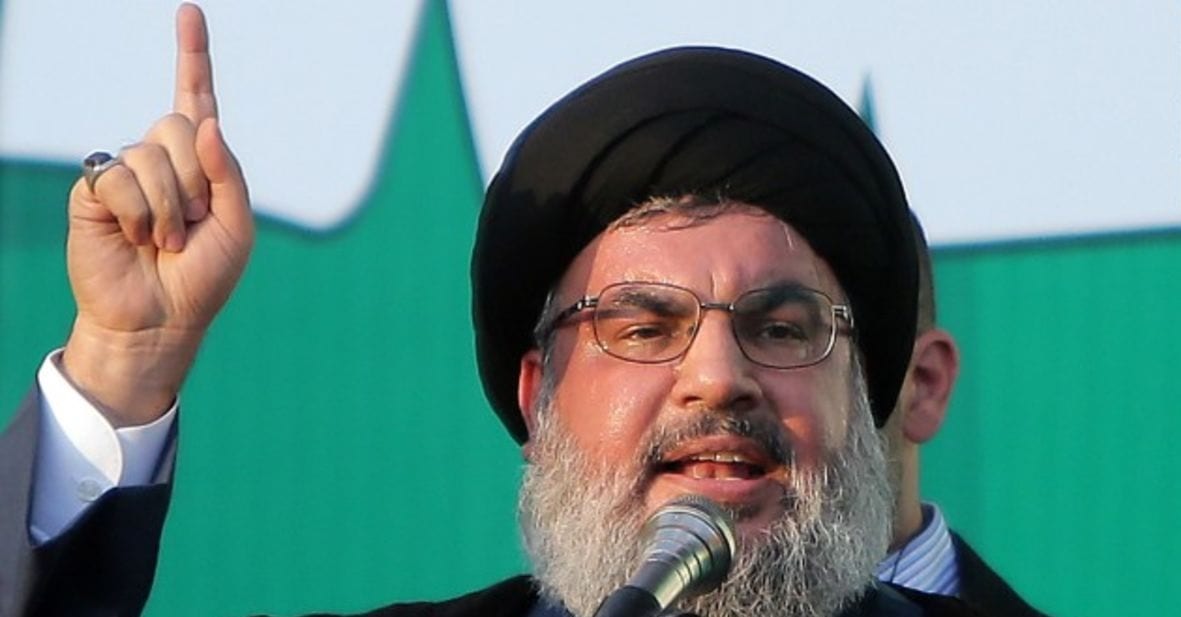
That’s when Iran decided to adopt a different strategy, and that is to spread its ideology and influence on the area. To do that, they created a security force to find groups to partner with outside the borders.
That’s how Iran’s elite Quds Force was born, made of soldiers and spies, who would later become commanded by Qassem Soleimany in 1988.
They became part of Iran’s Islamic Revolutionary Gurad Corps, led by the Supreme Leader Ayatollah Khameini. The force’s number one job was to forge partnerships with militias across the Middle East.
Their first opportunity to unleash the Quds Force arose in Lebanon in 1982 when Israel invaded the country. During that time, some Lebanese militias, led by the Shia clerics who are ideologically tied to Iran, fought Israel back.
This fight was backed up by Iran that sent forces, money, and weapons to those militias, which would eventually merge and form Hezbollah. Hezbollah launched several attacks on Israel’s borders, as well as the US embassy and barracks.
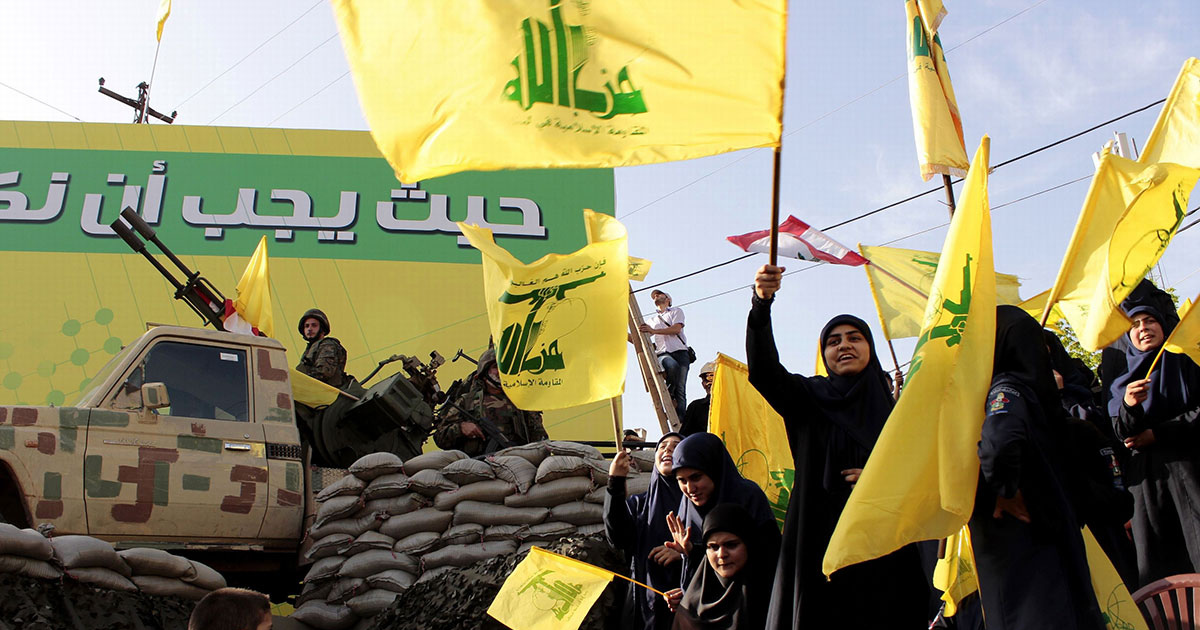
As a result, the US troops that had come to Lebanon during the Civil War in 1975 left, and Israel retreated. This all was a big win for Iran, which now had a reliable proxy in Lebanon to fight Israel and the US on its behalf. Most importantly, this proxy can do so without any direct consequences on Iran.
Plus, this meant that their ideology was implemented in Lebanon, so the strategy was working.
The Quds Forces would later support proxies in Palestine and Iraq. Iran was no longer surrounded by enemies.
It was around that time that Soleimany, a former soldier, took command of the Quds Force. He was the one to firmly establish Iran’s influence in Iraq.
The US invaded and toppled Iraq, Saddam, and the Sunni dominated regime in 2003. Iraq was then filled with Shias, which was Soleimani’s perfect opportunity to back up the Shia militias there.

Again, Iran had a proxy to fight the US without it being affected, thanks to Soleimani.
Then, another opportunity arose in Syria, during its civil war in 2011. Again, Soleimani created proxies there to work on defending Bachar el Assad. This act of defense was backed up by Hezbollah, the Shia militias in Iraq, soldiers from Iran, and two new militias: Afghan and Pakistani fighters.
All these successes only made Soleimani more powerful; the most important and popular figure in Iran next to the Supreme Leader, Khameini.
Every conflict in the Middle East, according to the Vox documentary, was a new opportunity for Iran and Soleimani to establish their influence, like the ISIS war in Iraq, and the civil war in Yemen.
Finally, Vox’s video claims that these organizations’ corruption, especially Hezbollah and the Shia militias in Iraq, is the target of the protests erupting in Lebanon and Iraq. And that these militias are “putting down these protests with more violence.”
The video offers more detailed information and a graphic presentation:
